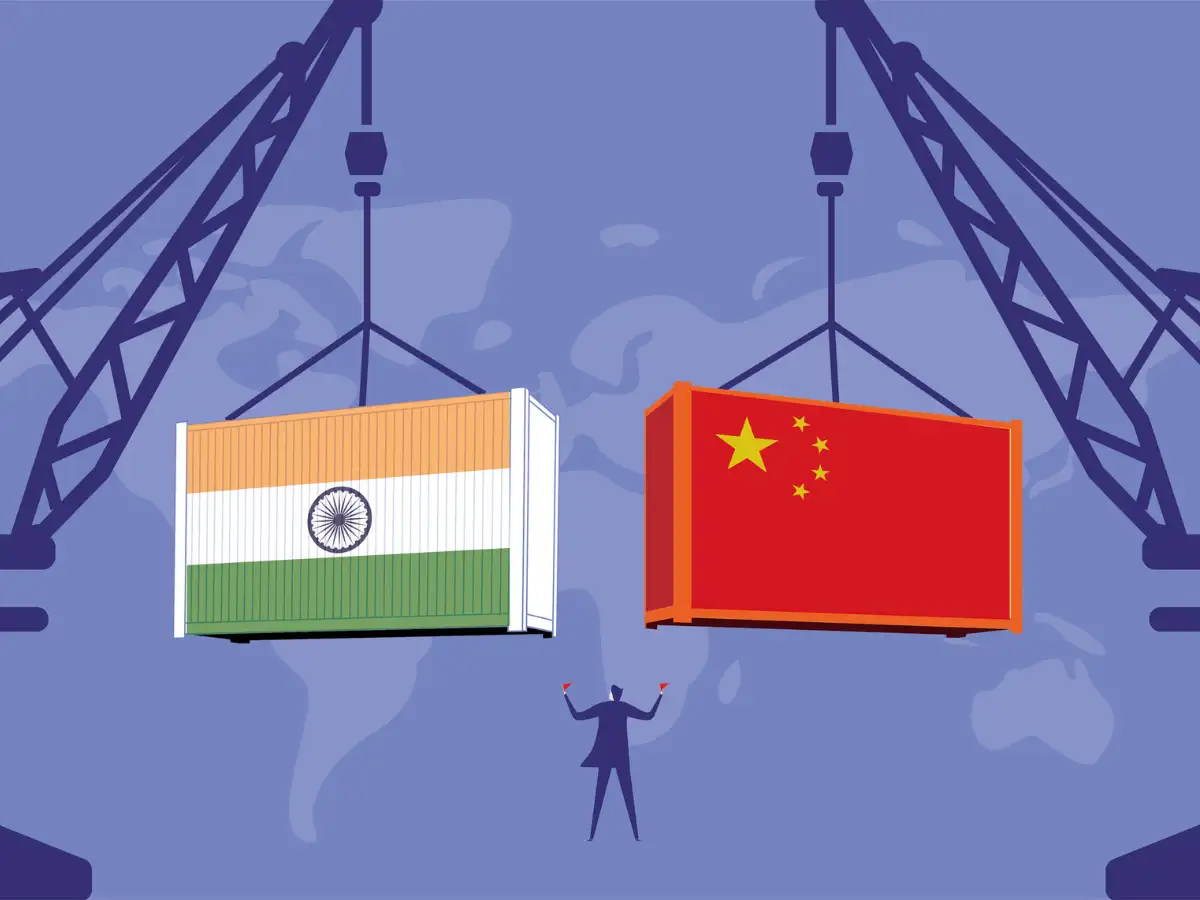India Takes on China’s Dominance in Electronics Exports

India is poised to become a significant player in the global electronics manufacturing sector, thanks to its strategic integration into global value chains (GVCs) and a shift towards export-oriented policies. A recent report from the Centre for Development Studies (CDS) indicates that India has the potential to compete with established manufacturers like China and Vietnam. The report highlights the transformative impact of the Production Linked Incentive (PLI) Scheme, which has turned India from an import-heavy mobile phone market into a major production and export hub.
Growth in Mobile Phone Exports
The CDS report reveals a remarkable surge in mobile phone exports, which increased from a mere $0.2 billion in 2017-18 to an impressive $24.1 billion projected for 2024-25. This represents an astonishing growth rate of 11,950 percent. The report attributes this growth to the PLI Scheme, launched in 2020, which incentivizes local manufacturing and aims to boost exports. Additionally, the report notes a significant rise in Domestic Value Addition (DVA) within the mobile manufacturing sector. In the fiscal year 2022-23, total DVA reached 23 percent, generating over $10 billion domestically. Direct DVA saw a substantial increase from $1.2 billion to $4.6 billion, while indirect DVA from domestic suppliers surged by 604 percent to $3.3 billion.
Job Creation and Economic Impact
As mobile phone manufacturing flourishes, job creation has also expanded significantly. According to data from the Annual Survey of Industries (ASI), the mobile phone sector supported over 1.7 million jobs in 2022-23. Notably, export-linked employment saw a remarkable increase, rising more than 33 times, accompanied by improvements in wages. This growth not only underscores the sector’s contribution to employment but also highlights its role in enhancing the overall economic landscape. C. Veeramani, Director of CDS, emphasized that the success of mobile phone manufacturing could serve as a model for growth across the broader electronics sector, presenting India with opportunities to establish itself as a global manufacturing leader.
Strategic Recommendations for Policymakers
The CDS report advocates for continued focus on outward-oriented strategies to sustain this momentum. It recommends that policymakers implement liberalized trade policies, adjust tariffs, and invest in logistics to support the electronics ecosystem. Additionally, the report suggests prioritizing scale before enforcing early-stage localization to maintain competitiveness in the global market. Pankaj Mohindroo, chairman of the India Cellular & Electronics Association (ICEA), echoed these sentiments, highlighting the importance of strategic integration into global value chains for scaling exports and enhancing domestic value addition.
Increasing Global Integration
India’s electronics exports have seen a notable increase of 47 percent, reaching $12.41 billion during the April-June quarter of FY26, according to commerce ministry data. The United States, UAE, and China emerged as the top destinations for these exports, with the US alone accounting for over 60 percent of shipments. This growing geographical diversity reflects India’s increasing integration into global supply chains and its emergence as a credible manufacturing alternative in Asia. The CDS study underscores the need for ongoing reforms to solidify India’s position as a central player in global electronics manufacturing, unlocking growth potential across various sectors.
Observer Voice is the one stop site for National, International news, Sports, Editor’s Choice, Art/culture contents, Quotes and much more. We also cover historical contents. Historical contents includes World History, Indian History, and what happened today. The website also covers Entertainment across the India and World.
Follow Us on Twitter, Instagram, Facebook, & LinkedIn

